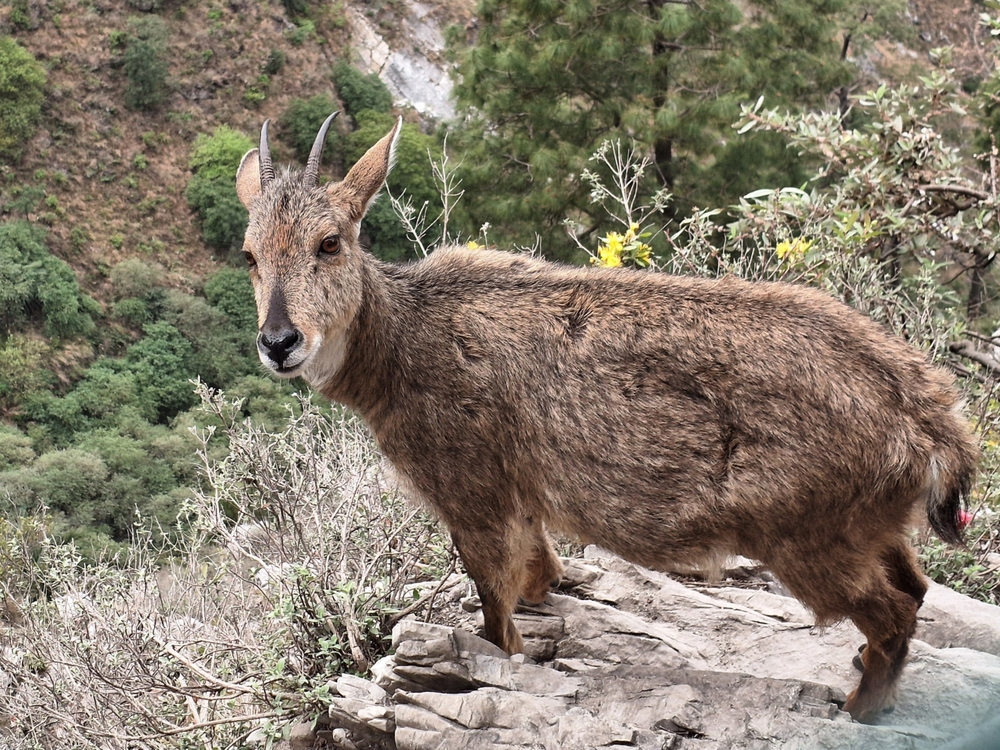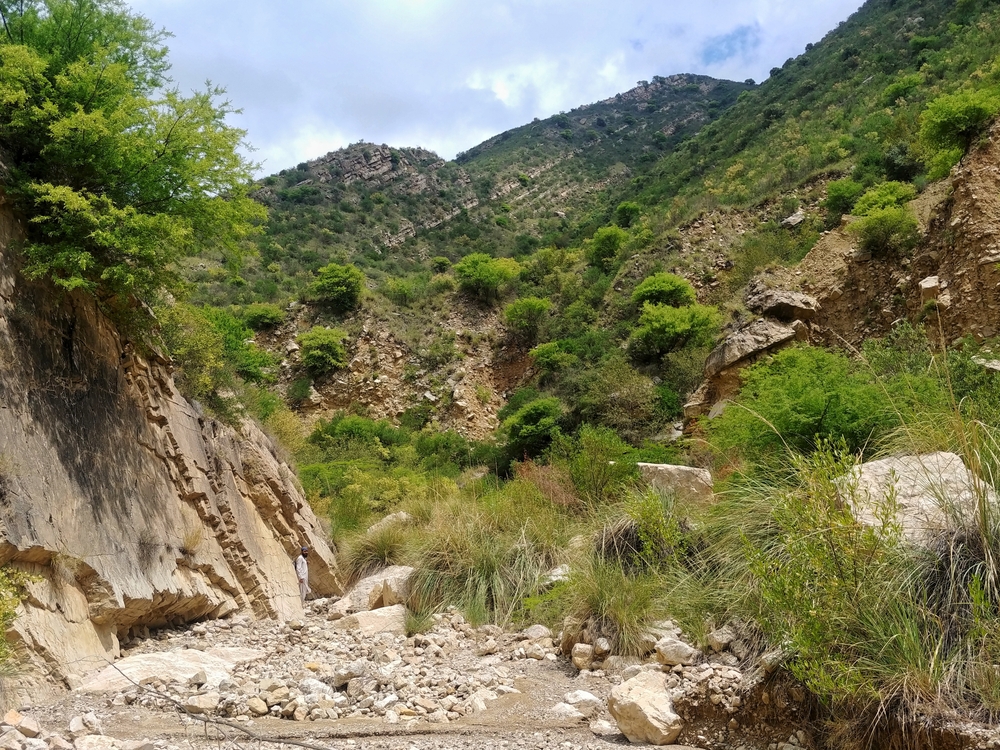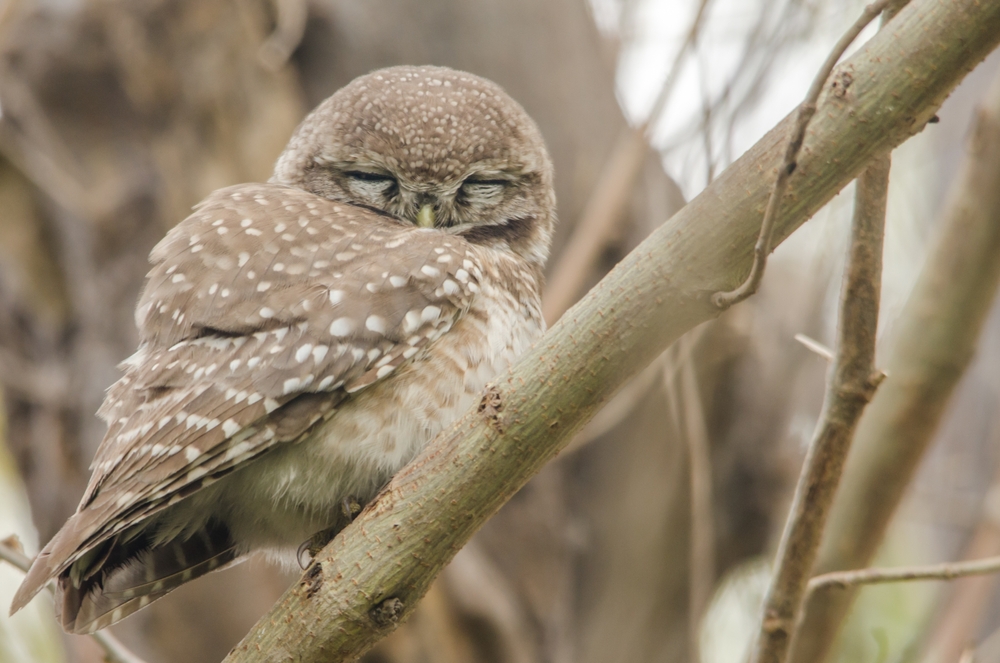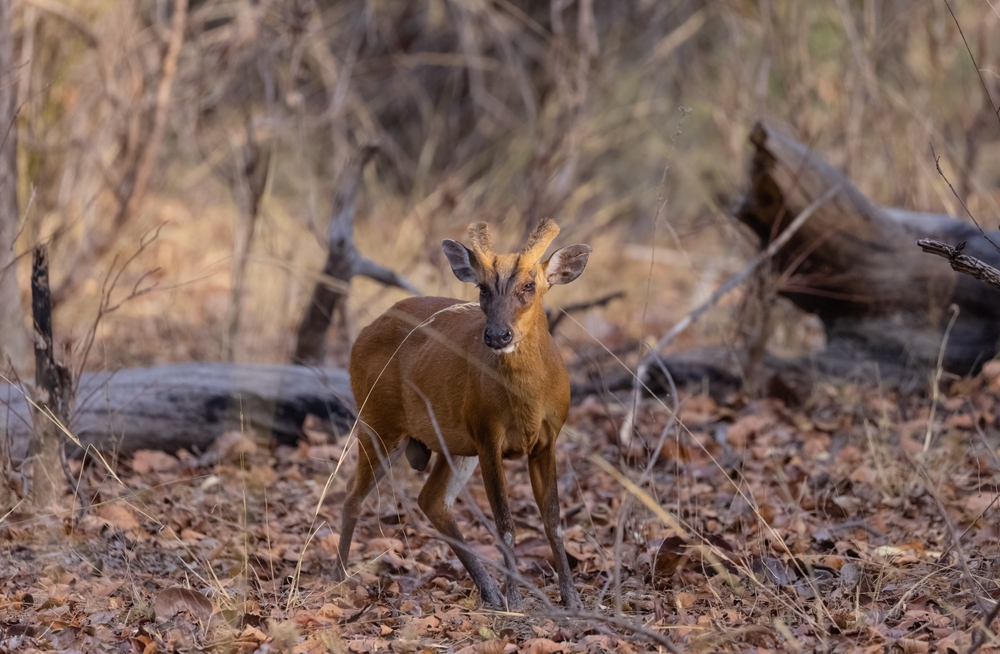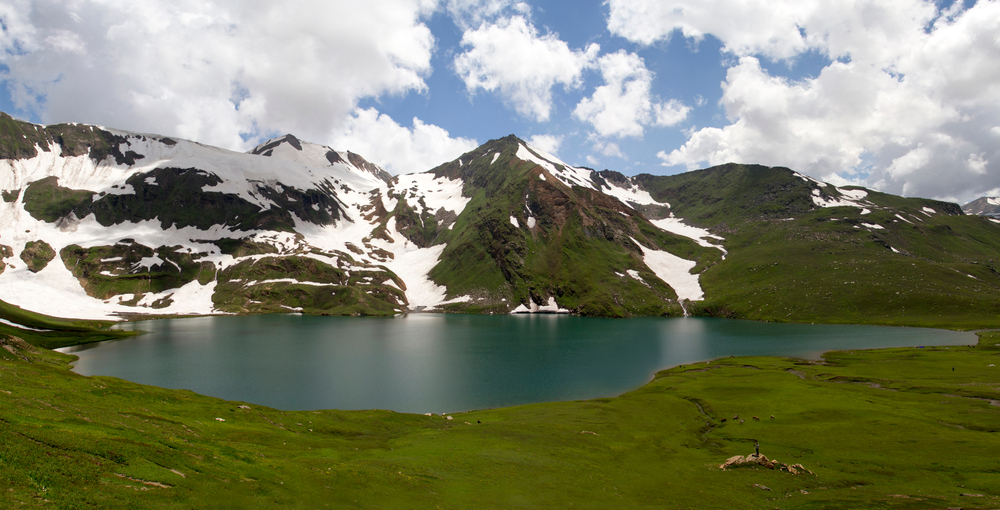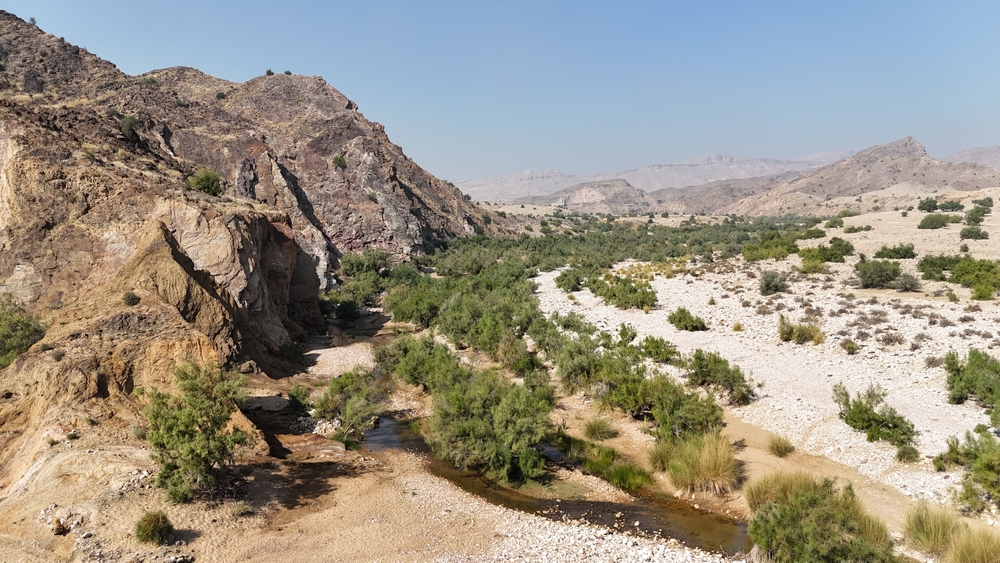Takkar Overview
Takkar National Park, locally known as ٹکر نیشنل پارک, is a newly designated protected area situated in the Buner District of Khyber Pakhtunkhwa, Pakistan. Covering approximately 46 square miles (120 square kilometers), the park lies within the mountainous terrain of the Hindu Kush foothills and was officially declared a national park in 2022.
Takkar National Park was established to safeguard the region’s forest ecosystems, promote biodiversity conservation, and create opportunities for eco-tourism and community engagement. Its elevation, wooded hills, and scenic valleys offer a blend of natural beauty and ecological importance in the Malakand Division.
The terrain of Takkar National Park includes forested ridges, narrow valleys, and rugged hills that rise to elevations of about 6,000 feet (1,800 meters). The park’s landscape is composed of limestone and sandstone formations, with seasonal streams flowing through deep gullies during the monsoon season.
The area is covered with subtropical and temperate vegetation, featuring trees such as pine, oak, phulai (Acacia modesta), and wild olive. Dense undergrowth of shrubs and grasses adds to the diversity of the plant life, especially during the spring and early summer months when wildflowers emerge across the hillsides.
Wildlife in Takkar National Park is typical of the forested zones of northern Pakistan, with several key species making their home in this relatively undisturbed area. Among the notable mammals are the common leopard, gray goral, wild boar, porcupine, and Indian hare.
Smaller carnivores such as the fox and jackal are also frequently reported. The bird population includes species such as the chukar partridge, kalij pheasant, woodpeckers, and a variety of songbirds that fill the forest with their calls. The diverse mix of habitats also supports reptiles like lizards and snakes that thrive in the warm, rocky areas.
One of the appealing features of Takkar National Park is its natural tranquility and undeveloped charm, offering a quiet escape into the hills for nature lovers and trekkers. The park’s location in a relatively less-traveled part of Khyber Pakhtunkhwa gives it a peaceful, undisturbed atmosphere.
Panoramic views from high ridges overlook the green valleys below, and the cool climate during the summer provides a welcome retreat for visitors from warmer lowland areas. Though not yet developed with large tourist facilities, the park has growing potential for low-impact, sustainable tourism.
Visitors can engage with Takkar National Park primarily through hiking, nature walks, birdwatching, and camping. Local guides are beginning to offer treks and tours, and community-based initiatives are encouraging responsible tourism.
The park is especially appealing to photographers, botanists, and those seeking outdoor recreation in a more secluded environment. As infrastructure develops, it is expected to offer more organized access while preserving its ecological integrity.
Conservation efforts in Takkar National Park are centered on habitat protection, reforestation, and wildlife monitoring. The park faces challenges such as illegal wood harvesting, overgrazing, and potential encroachment, but its new status has brought attention from the provincial government and environmental organizations.
Early initiatives include the involvement of local communities in conservation and the promotion of environmental awareness in surrounding villages. With proper management and ongoing support, Takkar National Park holds promise as a model of conservation in the region.








































































